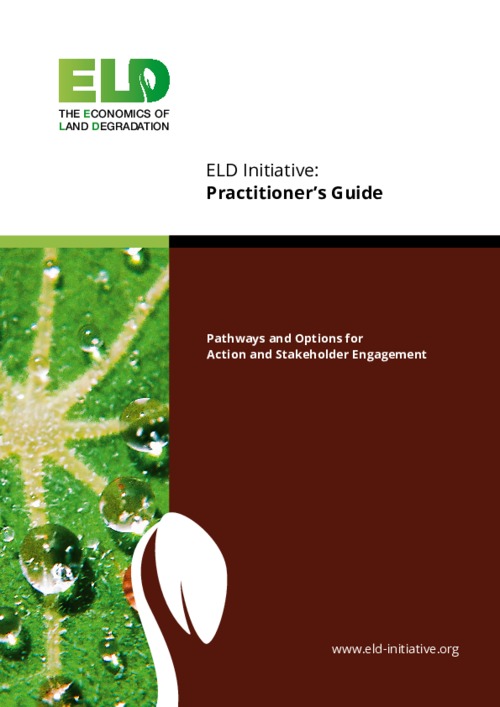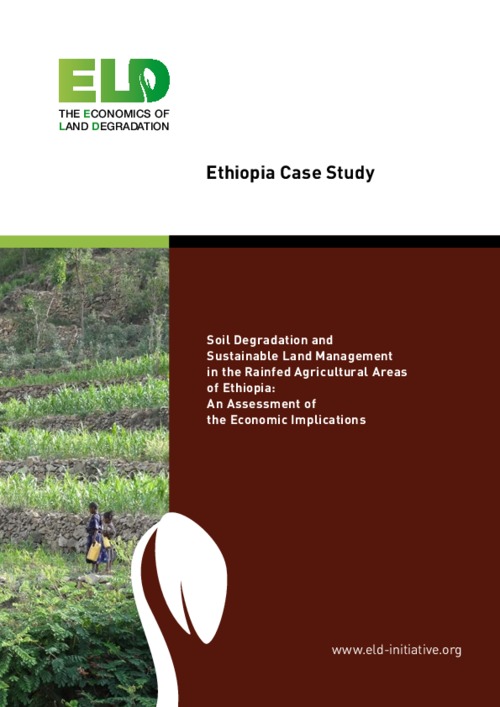The Economics of Land Degradation in Africa_Benefits of Action Outweigh the Costs_A complementary report to the ELD Initiative
Land degradation and desertification are among the biggest environmental challenges of our time. In the last 40 years, we lost nearly a third of the world’s arable farmland due to erosion, just as the number of people to be fed from it almost doubled. That’s why the UN General Assembly declared 2015 as the International Year of Soils. And the good news is that this new report shows that while Africa remains the most severely a«ected region, the benefit of taking action across the continent outweighs the cost of implementing it: not just by a little, but by a factor of seven.






